LONG KHANH SHAWL WEAVING VILLAGE
Today we visited Long Khanh A, a small village on a tributary of the Mekong River. To get from our boat to the village, we road in a sampan. (We learned that traditional sampans are much smaller than the one we took, which was large enough to carry all of the passengers on our ship.) Our cruise company — Avalon — really prides itself on using as many means of transportation as possible. The village is on the far edge of one of the islands. The total population of the island is approximately 20,000 people, but the village that we visited in quite traditional and probably has about 1000 inhabitants. Once I again, I was struck by the differences from the villages we saw in Cambodia. In Cambodia, the houses were made of wood and straw, the roads were unpaved, and there was no running water. In this small village in Vietnam, the roads are paved with cement, the houses are made of bricks and cement and are substantially larger than those in Cambodia, and there is running water. And, as you look into the houses while you are walking around, you spy television sets in lots of the houses – although that is often the only modern item in the house.

Long Khanh A is known for two features. First, there is a order of nuns that live in the village. This is pretty unusual, as nuns are relatively rare in Vietnam (in contrast to South Korea, which there are apparently quite a few nuns). A few of the nuns live together, full time, in a house in the center of the village. They are joined by other women from the village who are referred to as nuns, although they still have families and actually live at home. We had a chance to talk with one of the nuns, who told us that she joined so that she could meditate. We were surprised to hear that the nuns don’t really engage in teaching, although there are books that they do lend to members of the community.
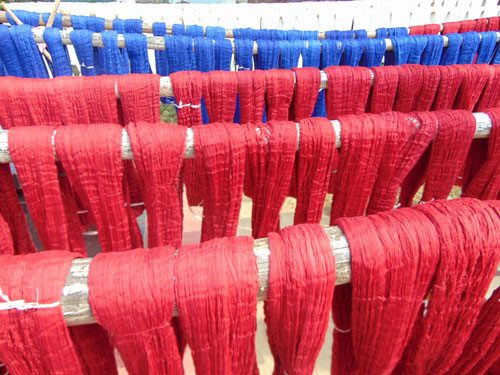 |
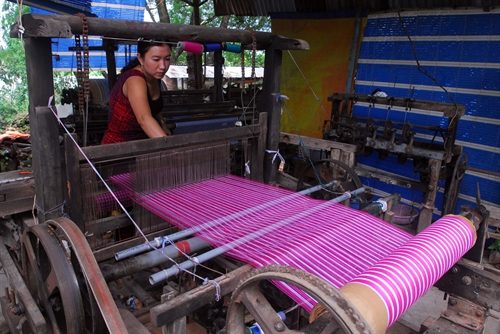 |
The second notable feature of the village is a scarf factory. But, to say that it is a factory suggests that it is a large operation. Not so. It has single manual loom, and about 5 electric looms. Around the village you can see the thread that is being cleaned and then dyed for use in the scarves. We were told that a single person, weaving all days, can make about 6 scarves … tough way to make a living.
 |
 |
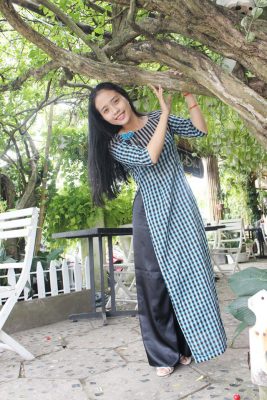 |
 |
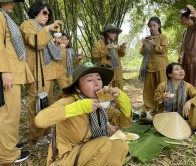
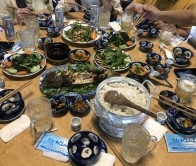
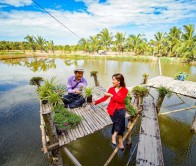
![Victoria Mekong Cruise – Ho Chi Minh City – Can Tho – Phnom Penh(5D/4N) [UPSTREAM 1]](https://mekongeco.com/images/thumbnail/268-445/1-2-2.jpg)
